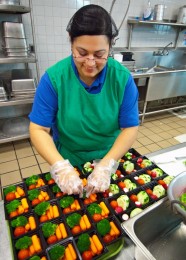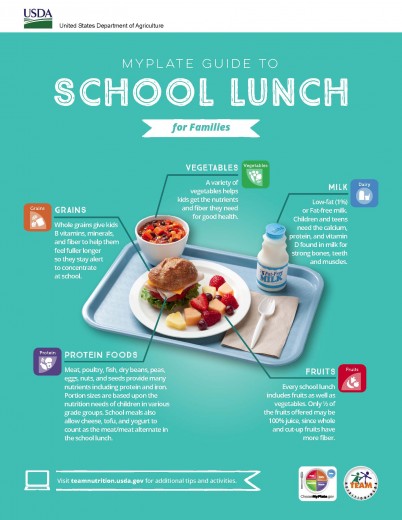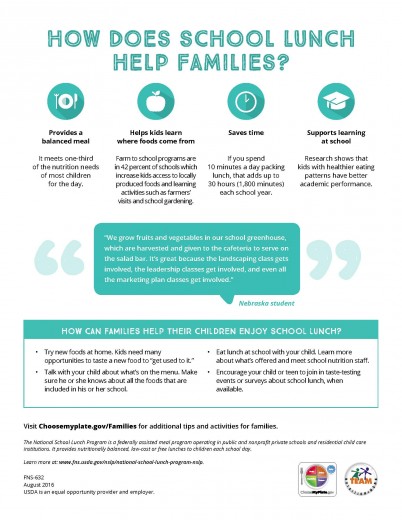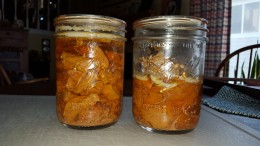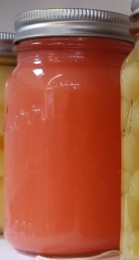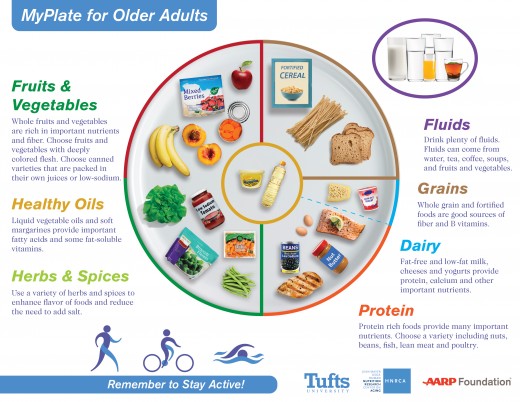 A new meat cut, that used to be put into ground meat, is now a high-end treasure for beef lovers. The small, quarter-moon-shaped cut is a premier cut that is a close second in taste and tenderness to the filet mignon.
A new meat cut, that used to be put into ground meat, is now a high-end treasure for beef lovers. The small, quarter-moon-shaped cut is a premier cut that is a close second in taste and tenderness to the filet mignon.
The new Bonanza cut is described as “juicy, extremely tender and very marbled.” It is best suited for fast high-heat cooking such as grilling or in a cast iron skillet. It can be marinated for added flavor, but only for about 30 minutes to maintain the meat flavor.
The Bonanza cut is found at the very far end of the flat iron steak or the m. infraspinatus caudal tip. During meat processing, the flat iron steak is a part of the Chuck. The small end of that steak stays with the rib side resulting in the Bonanza cut. There are only two per carcass.
The Bonanza cut is not in restaurants or meat markets yet as meat producers must decide availability.
For more information on this new product, see http://www.unr.edu/nevada-today/news/2016/the-bonanza-cut.
